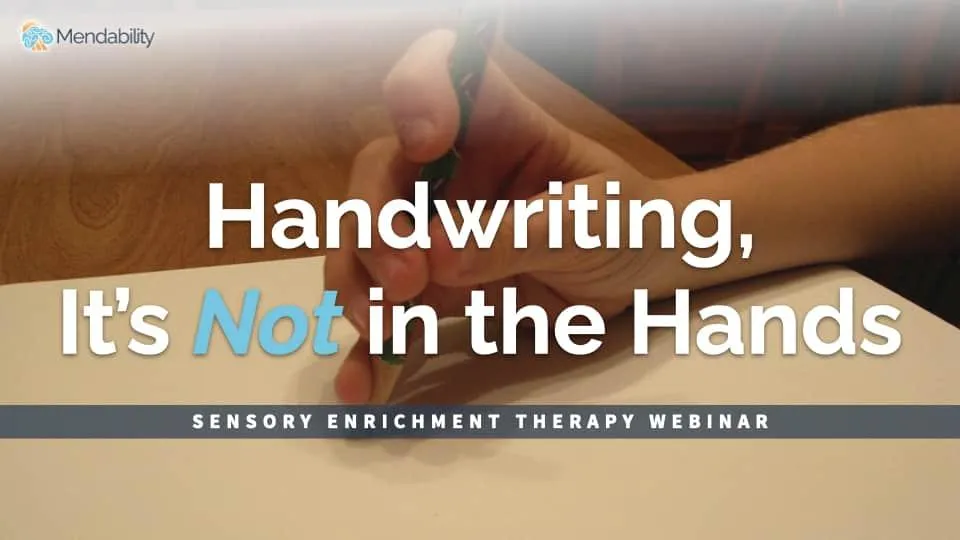
Eye Contact Strategies: In-Depth Discussion with Veteran SLP
As a parent or caregiver, you’ve probably heard how vital eye contact is in communication.
But what happens when making eye contact feels uncomfortable or even painful for your child?
How do you encourage it without adding pressure or worsening the situation?
These are the kinds of questions we explored in a recent conversation with Lenora Edwards, a veteran speech-language pathologist. Lenora’s insights into this delicate balance could change how you approach eye contact with your child.
If eye contact is uncomfortable or even painful, should we still encourage it?
When it comes to eye contact, many of us instinctively encourage it, believing it’s a sign of attention and respect. But for some children, especially those with autism or sensory processing issues, eye contact can be overwhelming or even painful. Lenora Edwards explains that while eye contact is important, it’s crucial to strike a balance. Pushing too hard might cause your child to withdraw even more, making communication even more challenging.
“We definitely still encourage it, but also understand that it might not be comfortable for them,” Lenora shares.
The key is to invite eye contact in a way that feels safe and natural, not forced. Lowering your physical level to match your child’s, softening your tone of voice, and using gentle, inviting gestures can help make eye contact feel less intimidating.
If you notice your child turning away or showing signs of distress when making eye contact, it’s okay to ease up. Focus on creating a supportive environment where eye contact can happen naturally over time. Sometimes, even a gentle touch on the arm or holding a favorite toy at eye level can encourage your child to connect without feeling pressured.
Could screen time be affecting my child’s ability to maintain eye contact?
In today’s digital age, children are spending more time in front of screens than ever before. But could this be affecting their ability to maintain eye contact? According to Lenora, it’s possible. Screen time, especially when excessive, can change how children engage with the world around them.
“Screen time is very passive engagement,” Lenora explains. “We live in a 3D world that we interact with. But when children are glued to a screen, they’re not being asked to engage in the same way they would in real life.”
This passive engagement can lead to difficulties in making eye contact or even understanding social cues. To combat this, Lenora suggests integrating screen time with real-world interactions. For instance, if your child loves a particular TV show, pause it and ask them questions about what they’re watching. This not only breaks the passive engagement but also encourages them to connect the digital content with their real-world experiences.
If you’re curious about how screen time might be affecting your child’s social development, you might want to check out our article on fun outdoor games that promote brain development.
Should we focus less on eye contact if they have strong nonverbal communication skills?
While eye contact is an essential part of communication, it’s not the only way children express themselves. Nonverbal cues like gestures, facial expressions, and body language are equally important, especially for children who struggle with verbal communication.
Lenora advises that if your child is highly expressive with their hands and body language but avoids eye contact, it’s okay to focus on strengthening those nonverbal skills first.
“We still encourage eye contact, but we also celebrate the other ways children communicate,” Lenora notes.
By acknowledging and encouraging nonverbal communication, you’re reinforcing your child’s ability to express themselves in ways that feel comfortable. Over time, as they grow more confident in their communication, eye contact may naturally follow.
This holistic approach to communication helps build a strong foundation for your child’s social interactions. It’s about creating a safe space where they feel understood and valued, regardless of how they choose to express themselves.
How do cultural differences impact the importance of eye contact?
Cultural differences play a significant role in how eye contact is perceived and practiced. In some cultures, direct eye contact is seen as a sign of respect and attentiveness. In others, it may be considered rude or confrontational, especially for children.
Lenora emphasizes the importance of understanding these cultural nuances when encouraging eye contact. “It’s important to be culturally sensitive and adaptable,” she says.
For instance, if you’re raising a child in the U.S., you might encourage more eye contact because it’s culturally expected. But if your family practices a culture where eye contact is less common, it’s crucial to respect those boundaries while gently introducing the idea in a way that aligns with your values.
When working with children from different cultural backgrounds, it’s helpful to have conversations about what’s expected and how you can support your child in a way that feels comfortable and respectful. This approach not only helps with eye contact but also fosters a deeper understanding of cultural diversity in your child’s communication skills.
Can encouraging eye contact make communication skills even worse?
One of the most challenging aspects of encouraging eye contact is the fear that it might actually hinder communication rather than help it. If your child is already struggling to communicate, adding pressure to make eye contact could make them retreat further.
Lenora highlights the importance of using a gentle, invitational approach rather than a forceful one. “It’s about finding that balance between encouraging and supporting them,” she explains.
If eye contact is causing distress, it might be better to focus on other areas of communication first. Encouraging eye contact should be a gradual process, one that happens naturally as your child becomes more comfortable and confident in their interactions. By being patient and responsive to your child’s needs, you can help them develop better communication skills without making them feel overwhelmed.



